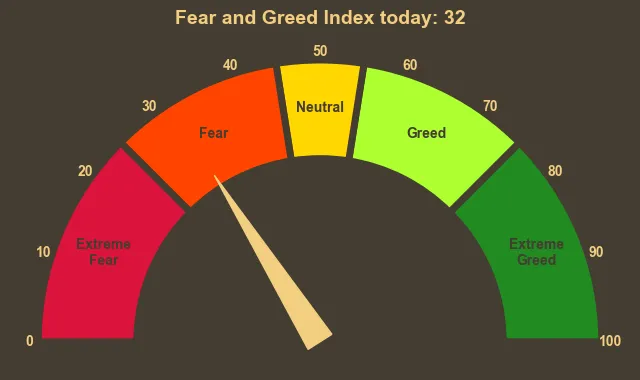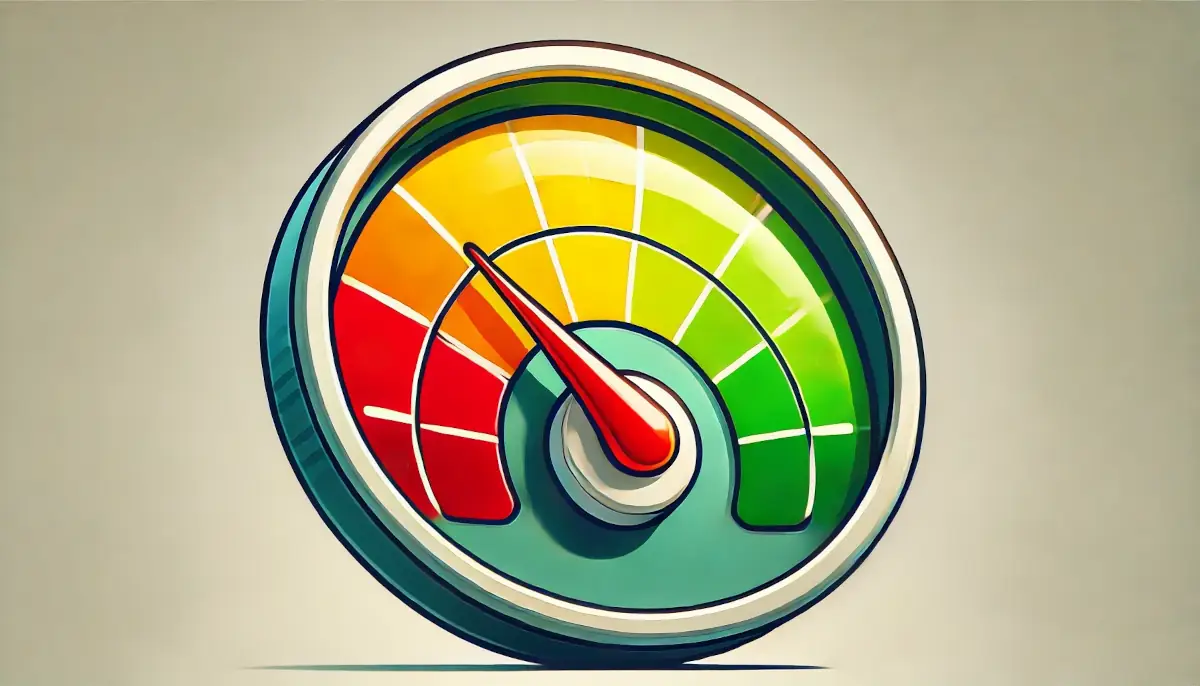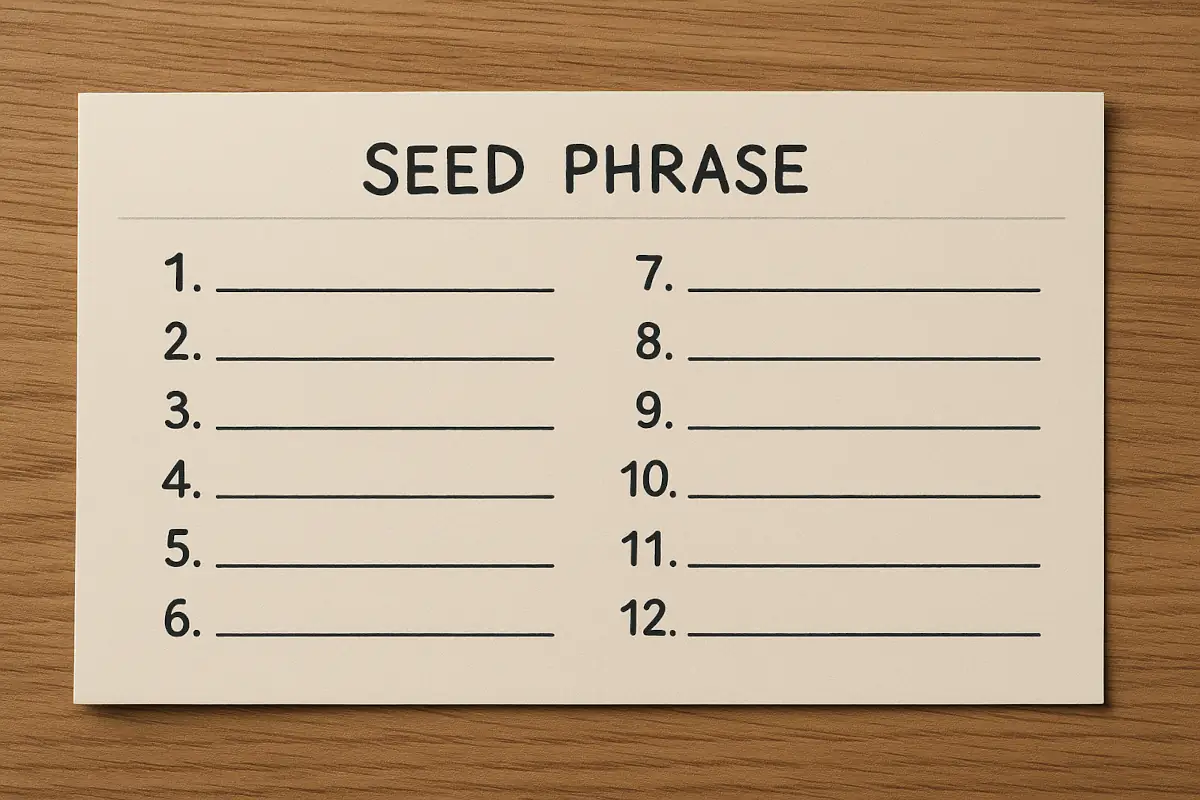If you’ve ever looked at a crypto chart and wondered why prices are suddenly rising or crashing – and why it often feels like everyone is either celebrating or panicking all at once – you’re not alone. A lot of decisions in the crypto world are driven by emotions. That’s exactly what the Crypto Fear and Greed Index tries to capture: the mood of the market, translated into a simple number.
This index gives a score from 0 to 100. Zero means the market is gripped by extreme fear. A hundred means it’s running on full-blown greed. Most days, the number falls somewhere in between. But when it swings to one of the extremes, that’s when people start paying close attention.
Table of Contents
How Does It Work?
At first glance, the Fear and Greed Index might seem like a gut-feeling guess – but it’s actually based on real data. There are a few different versions of the index out there, depending on which site you’re checking. Most of them use a mix of key signals to measure market sentiment, often drawing from five main sources that each reveal a different side of how people are feeling. Here’s a quick look at what typically goes into the mix:
- Volatility: Big, sudden price moves often make people nervous. If the price of Bitcoin drops sharply, that’s marked as a sign of fear. On the other hand, steady, low-volatility growth can feel calming – or boring, depending who you ask.
- Market Momentum and Volume: When prices go up and a lot of people are buying, that’s usually taken as a sign of growing greed. The index compares today’s trading volume and price moves to what’s typical for the last month or two.
- Social Media: This one is all about noise. The index tracks how often Bitcoin is being mentioned, and how much engagement those posts are getting. A sudden spike in chatter usually hints at strong emotions – excitement or panic.
- Bitcoin Dominance: If people start shifting back into Bitcoin and away from other coins, it often means they’re getting cautious. That’s recorded as fear. When they start exploring riskier investments again, it’s read as a sign of greed.
- Google Trends: Even search terms matter. If lots of people are suddenly Googling things like “should I sell my Bitcoin” or “crypto crash,” that shows fear. But if it’s more like “how to buy Bitcoin fast,” that suggests greed is in control.
- Surveys: Alternative.me version of the index also used surveys to collect opinions from the crypto community. These polls offered direct insight into how investors were feeling. However, that part of the data is currently paused.
How to Read the Score
The number you see – whether it’s 15 or 88 – is more than just a label. It’s a snapshot of collective emotion. Here’s how the scale typically breaks down:
- 0–24: Extreme fear
- 25–44: Fear
- 45-55: Neutral
- 56–74: Greed
- 75–100: Extreme greed
Extreme fear usually happens when prices are falling fast, and it can feel like the sky is falling. But ironically, some traders see that as a good time to buy – assuming everyone else is selling in panic. When the index is sitting at extreme greed, that might signal that prices are overheated and could be due for a correction.
What It’s Actually Useful For
The Crypto Fear and Greed Index isn’t magic. It doesn’t tell the future. But it’s still a tool that can help investors take a step back and think.
It’s really good at showing how emotional the market is right now – and whether people are being rational. This can help some investors avoid getting swept up in crowd behaviour. If the index is showing extreme greed, maybe it’s a moment to take profits or at least not go all-in. If it’s flashing fear, maybe it’s worth asking whether the market is overreacting.
Limitations You Should Know About
As helpful as it is, the index isn’t perfect. For starters, it’s based almost entirely on major cryptos. So even though it’s called the “Crypto” Fear and Greed Index, it doesn’t reflect the mood around every project or token.
It also only looks at public data. That means things like institutional buying or private deals don’t show up in the score. And since it updates once a day, it might lag behind breaking news or fast-moving developments.
Maybe most importantly, the number is based on what’s already happened. It can tell you what people are feeling now, but it can’t predict what they’ll do tomorrow.
So… Should You Use It?
The index can be especially helpful during those moments when emotions start to take over. It’s a chance to pause, take a step back, and really ask yourself what’s guiding your decisions. Are you buying because you’ve done your research, or because you’re scared of missing out? Are you selling because of real reasons, or just because everyone else is?
Some traders build it into their routines. For example, they might decide to buy more when the index hits extreme fear – and sell a portion when it shows extreme greed. It’s not foolproof, but it can help keep emotions in check.
Where Are We Now?
Lately, the mood in the market has been far from cheerful. Ongoing concerns about a trade war, combined with falling prices in both crypto and traditional stocks, have kept the Crypto Fear and Greed Index stuck below 50 for nearly the entire month. That puts it in fear territory – and it’s been remaining there longer than many expected.

At the end of February, the index even dropped to 10. That’s an extreme fear level not seen since June 2022. For some, it felt like a warning siren. Bitcoin had slipped from its recent highs, and there was a real sense of panic in some corners of the market. Talk of collapse started bubbling up again.
Others pointed out that despite the index screaming fear, Bitcoin was still holding strong around $80,000 – a number that would’ve felt like pure fantasy just a few months earlier. From that perspective, the low sentiment reading wasn’t a sign of weakness, but a sign of resilience. After all, if Bitcoin can stay at this level while the market feels anxious, what might happen when confidence returns?
Read also: Can AI Make You Rich with Trading Crypto?




